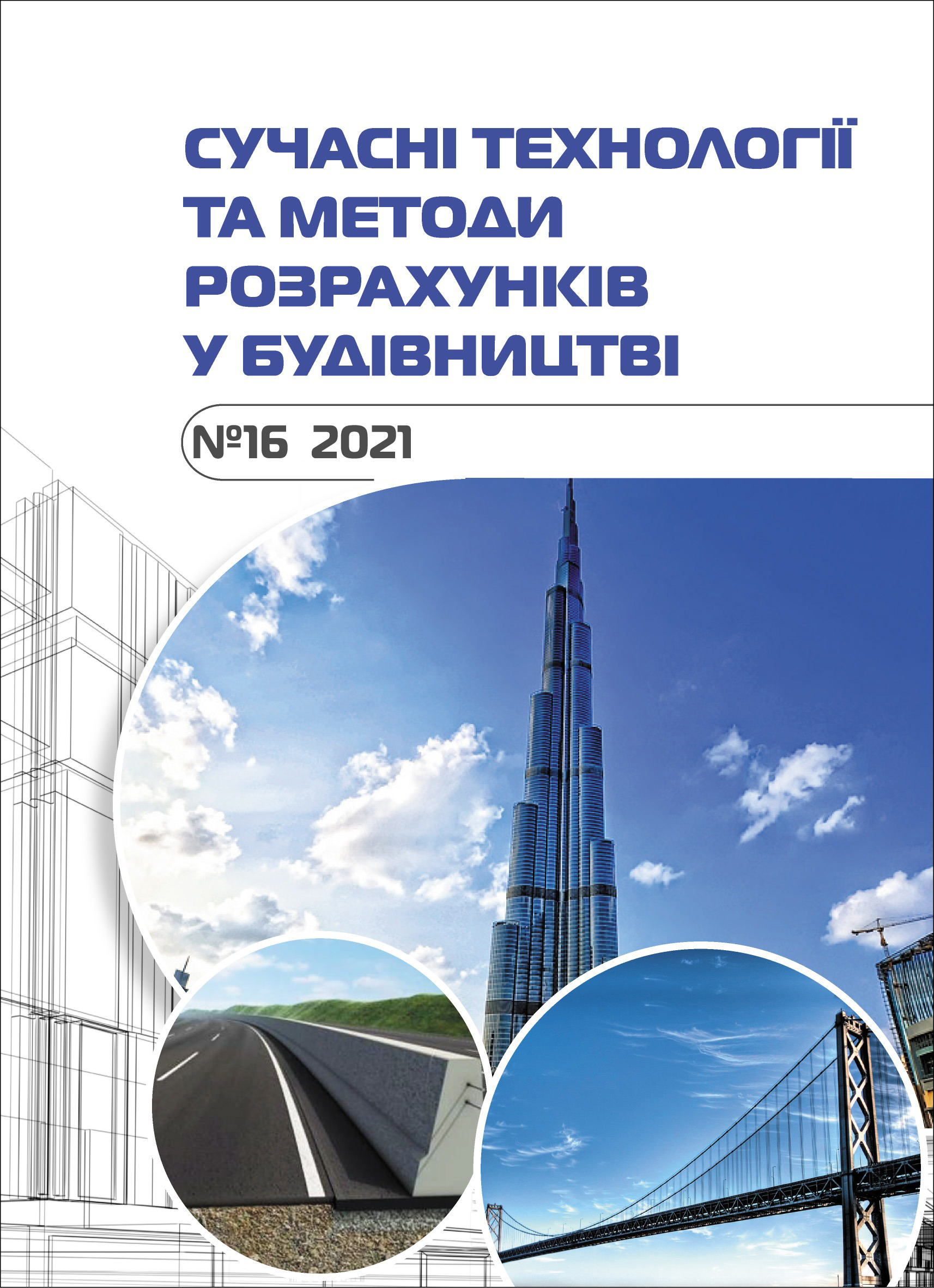Techniques and methods of reconstructive transformation of the urban area and territory of the lugansk region in the modern conditions
Abstract
The set of tasks of city reconstruction should be solved in the context of general problems of development of both the separate city, and region.
Circumstances formed during the previous periods of the life cycle of the city, a set of factors and conditions determine the need for reconstructive action. We can distinguish stages (periods) of evolution and cases of revolutionary changes, when the parameters of the system change quickly and suddenly. For Ukraine, 2014 became the line when the complex of problems of urban planning in the Donbass region was overwhelmed by an armed conflict inspired from outside. In addition to purely military-political problems, the planning organization of the military conflict zone has faced a radical change.
Comprehensive reconstruction is designed to eliminate the limitations that accumulate over time. The task is to analyze the methods and techniques of reconstruction activities in terms of determining the right development priorities. Methods of reconstructive activity of transformation and development of the cities and territories of Luhansk region are investigated. The actual directions and tasks of transformation of the functional-planning structure of the region in the modern conditions are analyzed.
The reconstructive activity can be divided into three types: reconstruction of buildings, reconstruction of urban area and reconstruction of the territory. There are three models of reconstruction activities that ensure the long-term development of territories: preventive, accompanying and restorative. The reconstructive activity can be divided into continuous or total, linear or broad bands, local or selective.
We would consider it appropriate to supplement the interpretation with the concept of direction, vector. In cross-border cooperation of regions, a conditional axis of development is formed - multifunctional centers of cooperation are united by a transport and logistics axis, around which infrastructure objects are formed. In the border region, a belt is formed, which has a lateral direction - that is, it reproduces the demarcation line in parallel (lateral connecting line or 'belt' road).
In the context of the tasks of reconstruction of the territory, levels are distinguished - object application, and transformation of the target use of the planning organization of the city or region.
The considered types of reconstruction form an integrated model of city reconstruction, agglomeration, which serves as a basis for the development of programs and projects as a comprehensive reconstruction of the city, territory and its system components.








